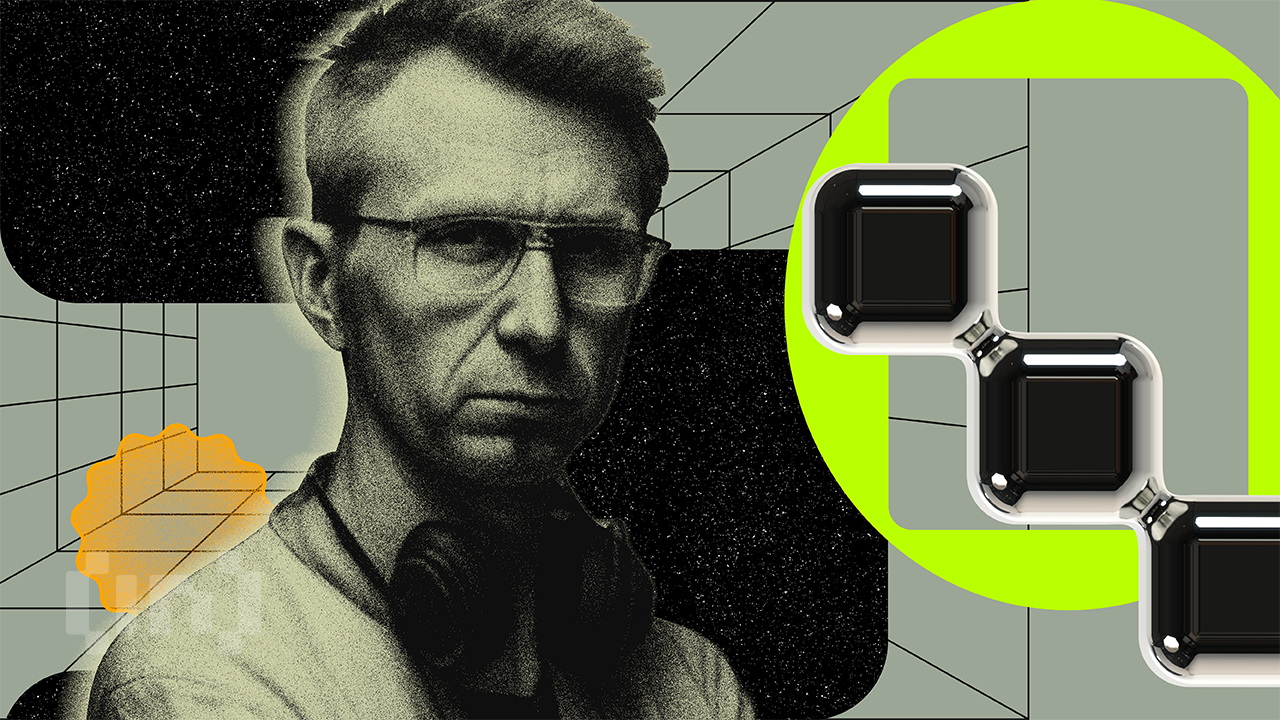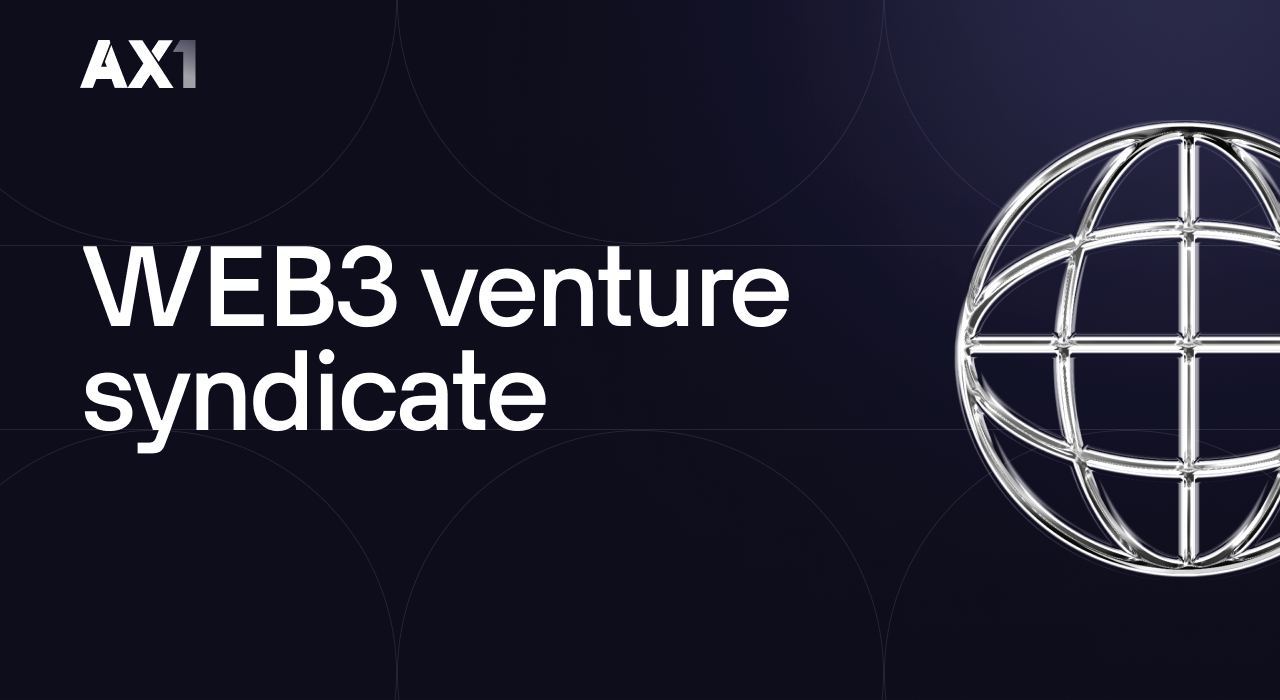How to build an NFT marketplace in 2022

NFT
The potential of NFT to upgrade a number of industries has helped it gain ground quickly in its development. Therefore, many companies are looking for services to build NFT. NFT coins, which use blockchain technology, support the creation of smart contracts, but go further than that. New and creative applications for NFT are constantly sought after by developers. One of these technologies with significant notoriety due to its potential is an NFT marketplace.
How is an NFT made?
It is not surprising that many consider an NFT to be a type of digital asset or a means of managing a smart contract. Since this technology is based on a blockchain, it is particularly well-liked by fans of cryptocurrencies.
Users must have a cryptocurrency wallet to produce a non-fungible token. Furthermore, you will need a cryptocurrency that supports non-fungible tokens, such as Ethereum.
Despite Ethereum being the most widely used NFT platform, other cryptocurrencies can also be used to manage them. Anyone looking to conduct operations with a non-fungible token will find NFT management on an NFT marketplace a very alluring choice.
Any competent NFT development company must be able to create your NFT marketplace based on your unique requirements.
What are the benefits of NFT development?
These days, many musicians, painters and other creative types want to buy NFTs as they offer the best security for artistic creations. Fortunately, the benefits of NFTs go far beyond the inventive efforts mentioned above. These are NFT’s most important advantages:
Guaranteed authenticity
Determining the authenticity of a product can be difficult, especially if you are not familiar with the field in question. This is so that tokens can take advantage of the benefits of a decentralized ledger.
Easy transferability
There are specific NFT marketplaces where NFTs can be traded. They can also be used by creators as in-game accessories such as weapons, clothing, cars and poison. For secure trading, non-fungible transferability is a necessary quality.
An innovative method of generating income
The practice of creating content is common today. But content producers still rely on conventional methods to create, distribute and secure their work. A new system that does not require proof of ownership has been made possible for content providers by the emergence of NFT. The NFT system also offers a means of income generation.
Eliminates middlemen
You get annoyed when you pay middlemen to do the buying or selling for you. The good news is that if you make NFTs, you can avoid taking this path. You can talk to your customers one-on-one to find out how much value they place on your digital treasures. You can achieve this by working closely with an NFT development organisation.
How to Create NFT Marketplaces in 5 Steps
1. Select Blockchain Architecture
The initial phase of the process is undoubtedly the most difficult, and for good reason. Many other aspects of your business will be affected by your choice of blockchain technology for your NFT marketplace.
You can choose to use existing blockchain technology, such as the widely used Ethereum or the equally regularly used Solana, Polygon or Cardano. Going this route can be expensive – we’re talking $50,000+ – because you’ll likely need the help of expert engineers because interfacing with these existing blockchains is very challenging.
In addition, each transaction (sale of an NFT) after the first integration will be expensive. In the NFT industry, this is referred to as a “gas tax”. Alternatively, you can create your blockchain architecture, but doing so can make building trust a bit more difficult. Hansen explains that a homemade architecture does not provide the same guarantees against external parties gaining access to and changing the blockchain records.
Several companies offer these alternative blockchain architectures, also known as sidechains because they often provide an optional interaction with a well-known blockchain such as Ethereum.
Such marketplaces exist in the market, including Opensea, Rarible and others. According to Hansen, they all have in common the requirement that their users have faith in the reliability of these closed architectures run by a single enterprise.
2. Choose whether an open or closed market
In addition, creators must choose between an open and a closed NFT market. A particular proprietary token will be used in a closed NFT market. A large number of different tokens will be supported by an open market.
Due to its support for more than 150 different payment token types, OpenSea is now the most popular marketplace for NFTs. Anyone can create an account and start listing their items at whatever price they want on an open market. This develops a kind of “supply and demand” pricing model.
In addition, when buyers buy or sell digital assets on open marketplaces, buyers do not need to worry about the NFT’s compatibility with a certain blockchain.
3. Define your style
After the specifics of your blockchain technology and market type are established, it’s time to move on to the cutting edge of things. The UI/UX design of your marketplace will fall under this.
What kind of encounter do you want users to have? What style will your marketplace homepage have? How will your NFTs appear? Whatever choice you make, make sure it’s accessible and user-friendly.
4. Decide on a commission fee
It will be time to decide “What do I want to charge” once your marketplace is working and looking the way you want it. Consider your intended monetization strategy and how you will collect payments. Since it’s easy for people to find alternative suppliers, stay competitive and watch your prices; you will provide value in addition to high quality NFTs and reliable security.
5. Create or join a community
You should prioritize engaging with your customers and creating a community as a new marketplace in a cutthroat industry. Consider giving new consumers access to an exclusive club once the artwork and marketplace are ready for users to encourage repeat purchases.
You can also use conventional social networks or think about signing up for a site like Discord, a community for gamers and cryptocurrency enthusiasts that uses a messaging app similar to Slack.
The NFT marketplace development organization will also provide an immersive environment for creating artwork, collectibles, game pieces, music concerts, and other game accessories.
LOAD
. . . comments & more!























